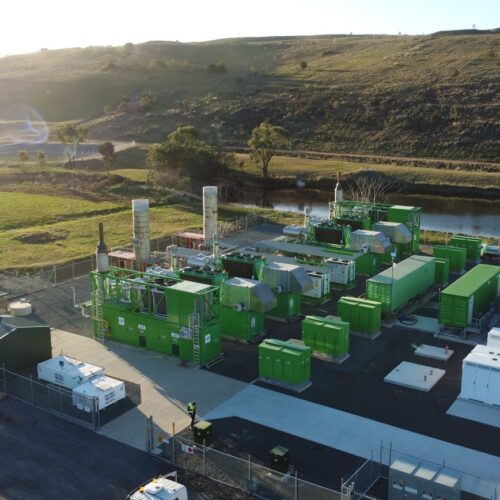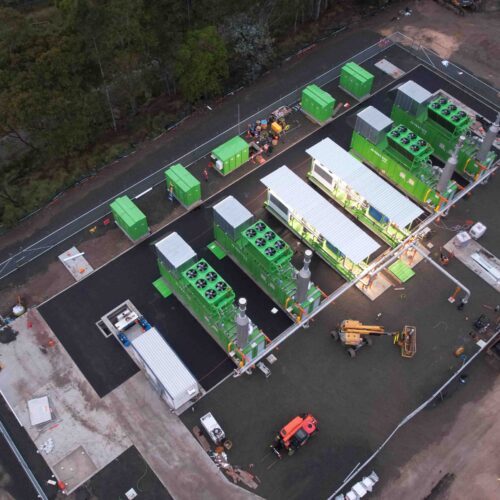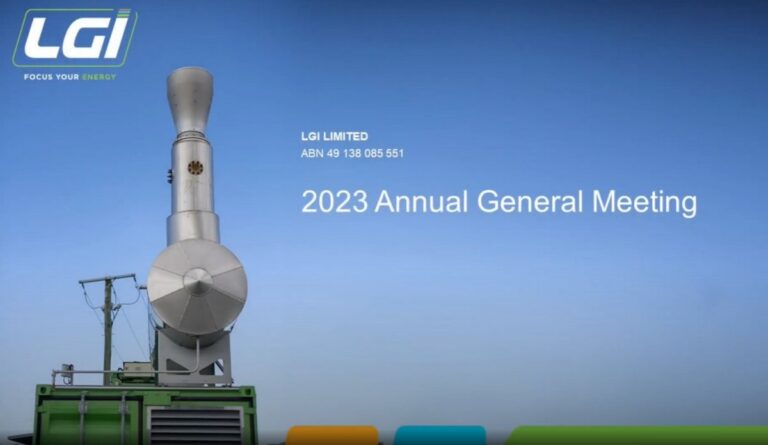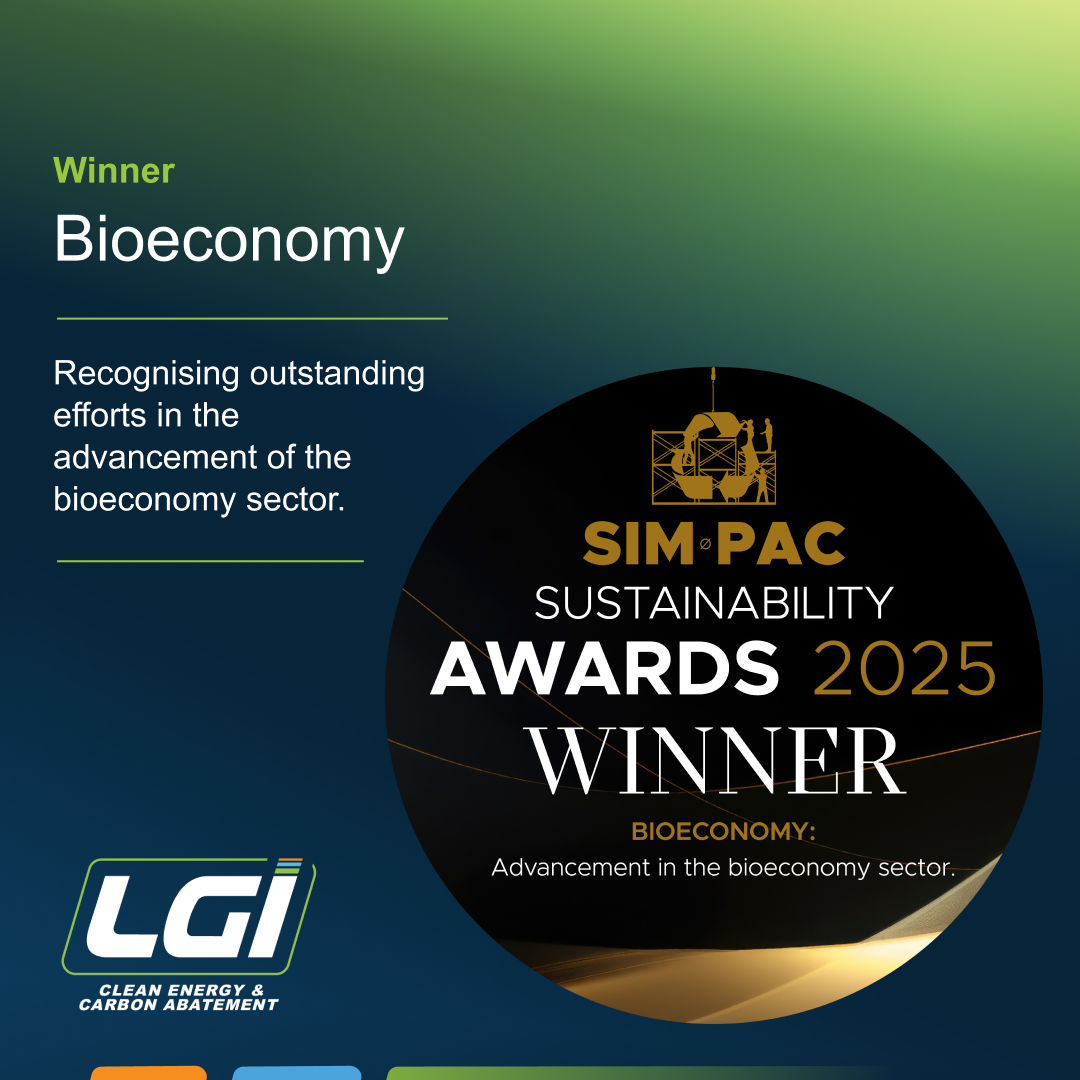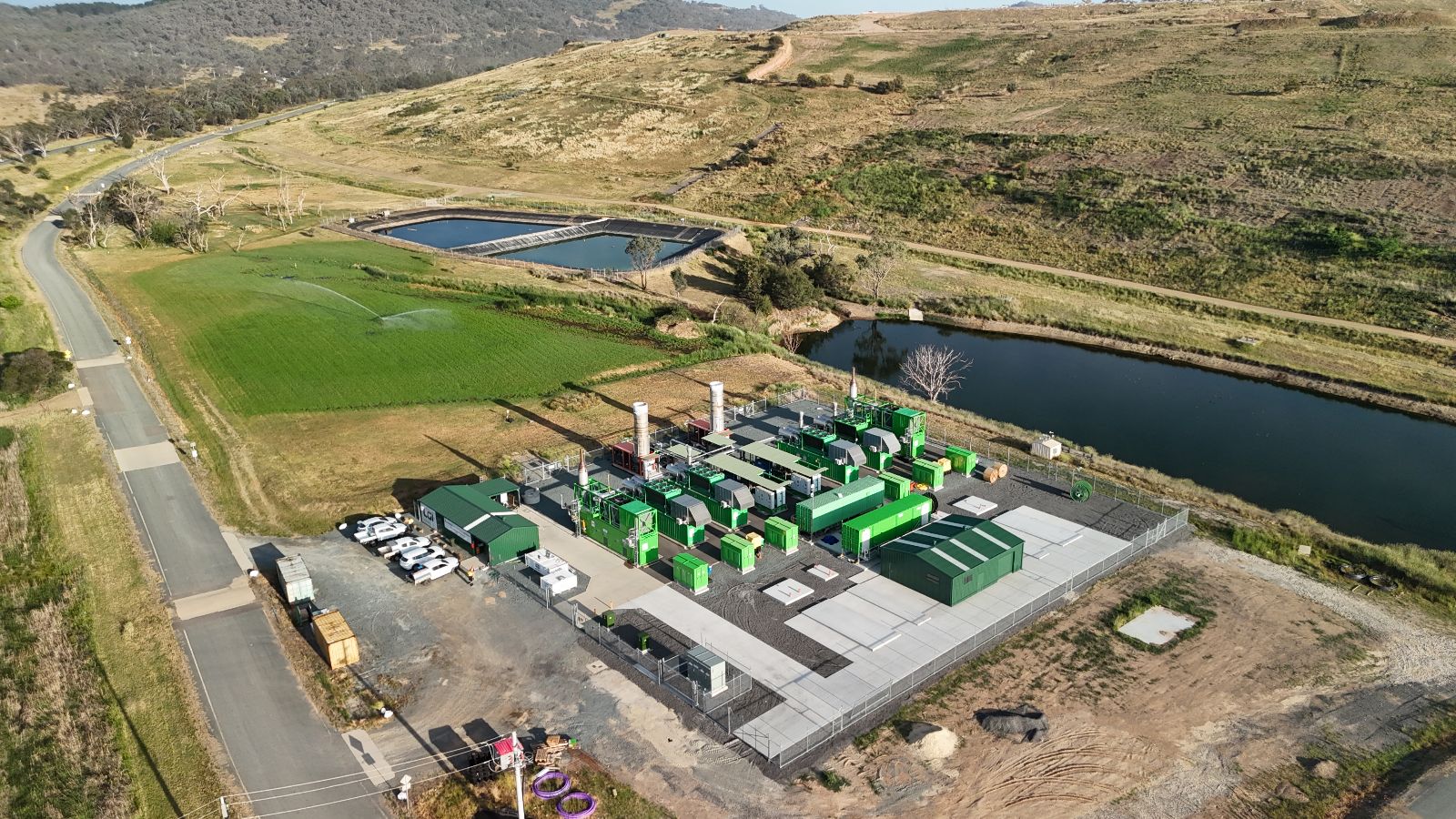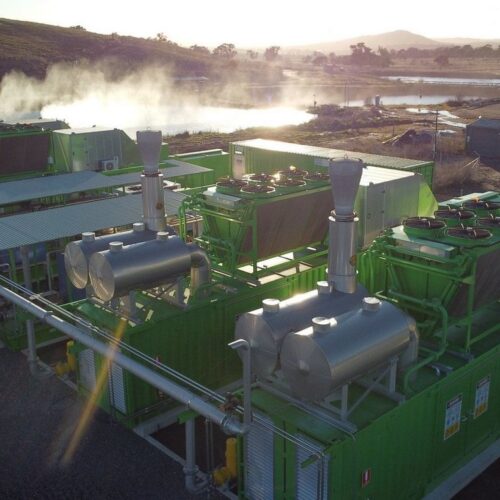Distributed Dispatchable Renewables
LGI is supporting the shift to cleaner, faster energy by rolling out more renewable power and battery energy storage system (BESS) projects across the distribution network.
Our renewable power projects already produce and supply responsive, resilient energy locally, when and where it is needed. These distribution scale projects are being delivered and relieving pressure on the grid today – smoothing the transition to a lower emission grid, while larger-scale transmission projects, which take longer to develop are built.
Integrating Battery Storage
By integrating a grid-connected battery energy storage system (BESS) with our power generation—excess renewables not required during the day, including ours and roof top solar, can be put to good use by storing and supplying it during times when it is needed during times of high demand. The BESS also provides the frequency control ancillary services (aka FCAS), increasingly needed for grid stability, as we transition to more more renewables.
A new standard in performance and control
To unlock the full value of our renewable energy, landfill gas and BESS assets, LGI has developed its in-house Dynamic Asset Control System (DACS). This smart, proprietary control platform automates and optimises our participation in the National Electricity Market (NEM).
DACS continuously analyses live market data, AEMO forecasts, weather inputs, local demand and our landfill gas power generation to determine when to charge or dispatch power and/or FCAS. While the system runs automatically, LGI’s team maintains full oversight, with the ability to view and override bids or dispatch commands if needed.
How Does DACS Work?
What DACS Does
- Simultaneously optimises using our assets (power generation, landfill gas and batteries) in the electricity markets including Spot, FCAS and portfolio effects (Caps, Hedges and PPAs).
- Predicts prices with machine learning (ML), trained with data including AEMO pre-dispatch (5min & 30min), regional power demand forecasts, weather, local event triggers for fully automated bidding and dispatch into the NEM.
- Improved access to data and automated decision making, can respond in milliseconds, faster than we can! Operators can still intervene if necessary with purpose built operator interfaces.
- Integrates OEM data and control acquisition with API based control for remote monitoring and access, plus AEMO FTP and API integration for seamless bidding for all generators and batteries.
What DACS Allows Us to Do
Make Better Decisions
Perform the functions we’ve previously done, faster and better by processing large quantities of data and making decisions automatically with pre-defined rules.
Respond Faster
Respond rapidly to market needs which enhances our ability to create value from:
- “arbitrage” in the AEMO Spot market to buy low and sell high so we are “time shifting” energy to when it is most needed. Achieves higher than average prices in the NEM for every MWh we supply and cubic meter of gas we capture.
- Frequency control services or FCAS help maintain the electricity grid frequency, essential for reliable, smooth operations.
- Meeting contractual obligations under power supply agreements and financial contracts, e.g. Caps or Swaps.
Use Assets Better
- Optimise asset utilisation, e.g. by still generating electricity in low price periods by storing it in the battery, instead of turning the engines off as frequently. This extends engine life and reduces operations and maintenance costs.
How DACS Along With More Distributed Dispatchable Renewables and Storage Benefits Electricity Users
Higher network utilisation which will result in lower costs for customers
A more reliable grid with FCAS maintaining frequency needed for grid stability
Increased use of renewables as batteries time shift renewables to peak times
Faster and smoother transition to renewables and a two way grid as distributed generation and storage can be deployed faster than larger, transmission scale assets
Multiple Revenue Streams, One Smart System
With DACS in place, LGI batteries contribute across multiple markets:
- Arbitrage – charge when prices are low, discharge when high
- FCAS – respond rapidly to grid stability events
- Caps and hedges – manage peak price risk
- Operational savings – reduce generator wear and fuel use
This approach turns a landfill site into a flexible, high-performance energy asset capable of responding to changing grid conditions in real time.
A scalable model with proven results
Battery integration and optimisation with DACS improves more than revenue—it extends the life of the power generating assets and improves long-term efficiency. The model has already been proven at LGI’s Renewable Hybrid Project at Bunya in Queensland, is being integrated into our Renewable Power Project at Canberra and is being prepared for broader deployment across our national portfolio.
These systems are scalable, future-ready solutions for responsive, reliable, clean energy delivery at the local level.
LGI is proudly engineering a clean energy, zero carbon future—one landfill, one Megawatt and one grid-scale battery at a time.
Glossary of Terms
BESS
A Battery Energy Storage System which can be integrated with our renewable power generation or stand-alone.
National Electricity Market (NEM)
The National Electricity Market (NEM) interconnects the 5 electricity markets in Qld, NSW (includes the ACT), Vic, SA and Tas. It consists of a wholesale market where participants buy and sell electricity and a retail market where consumers choose their electricity retailer.
Australian Energy Market Operator (AEMO)
The Australian Energy Market Operator (AEMO) operates the National Electricity Market (NEM).
Frequency Control Ancillary Services (FCAS)
Crucial NEM services procured by AEMO to maintain the frequency of the electricity grid in order to keep it stable.

